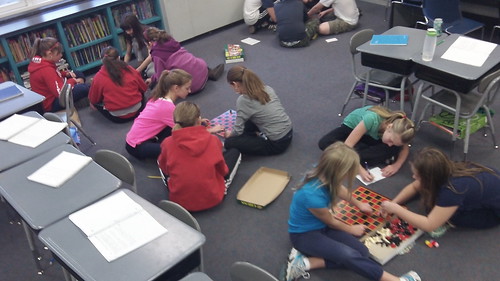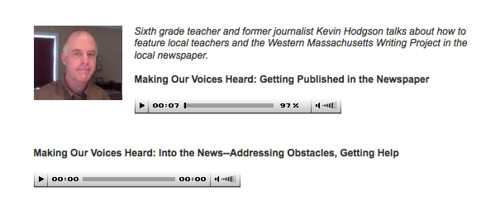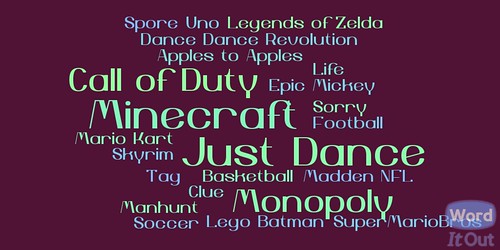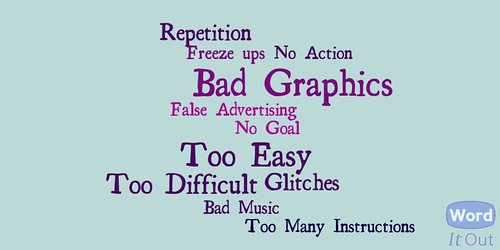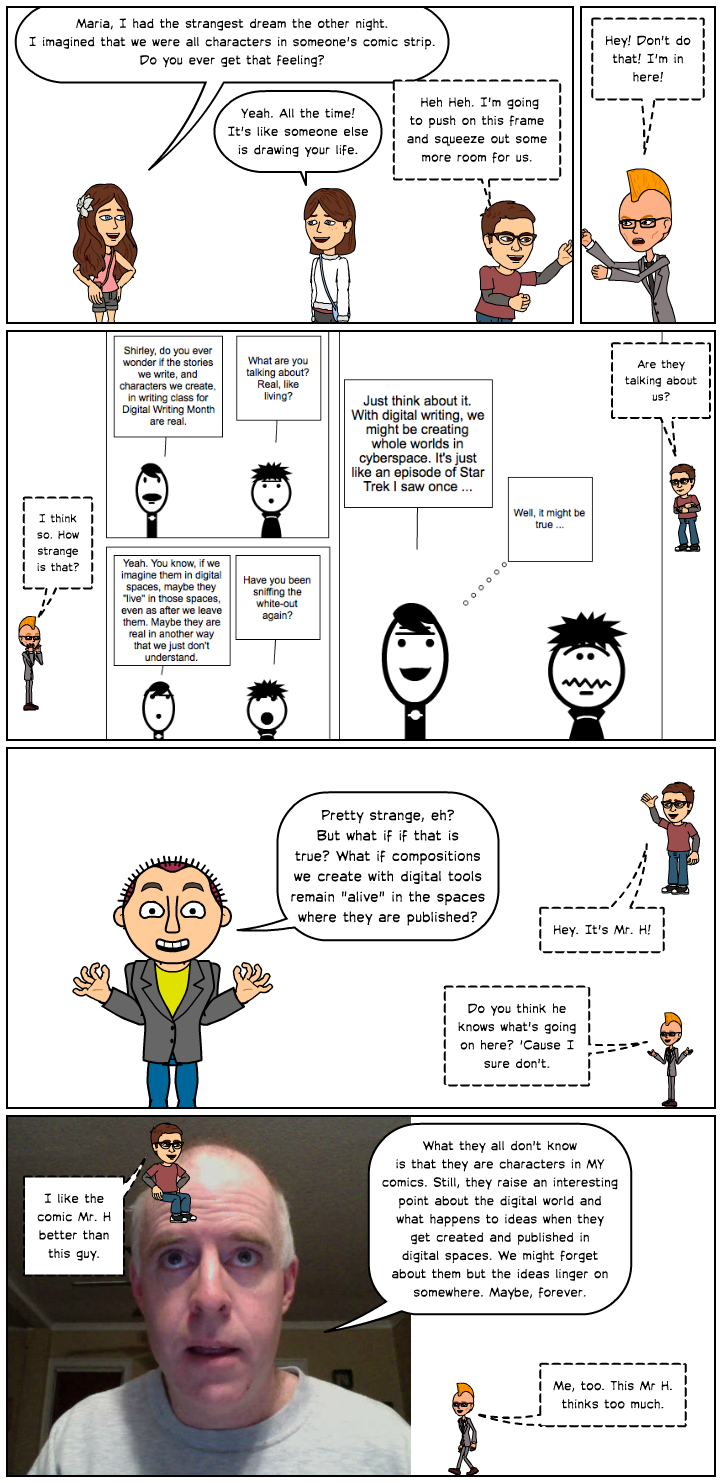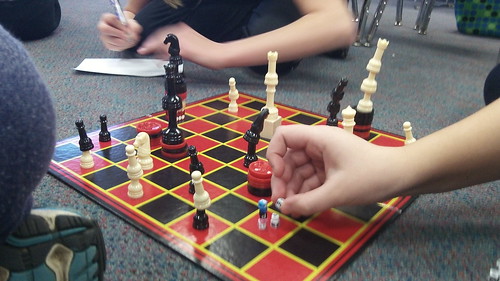
I owe a big shout-out to Andrea Zellner and Chad Sansing for all the work they have done in sharing how to bring the hacking mentality into the classroom. I’ve followed Chad’s posts and took part in Hackjam sessions with Chad and Andrea, but this is the first time I have overtly brought the hacking mentality into my sixth grade classroom. I’m using the ideas of hacking/remixing as one point of entry into the start of our video game design unit, and yesterday, we began our discussion with a writing prompt. My sixth graders were asked three questions:
- What comes to mind when you hear the word “hacker” and is it a good or bad connotation?
- What is remixing and is it good or bad to do it?
- Have you ever used cheat codes in a game?
These three questions opened up a slew of discussions for my students. I did a little informal polling about perceptions of hacking, and of my 80 students, only four did not raise their hands when I asked if they think “hacking is a bad thing.” Most of their impressions of the term come from news reports of groups hacking into systems to steal personal information, or the stereotyped geek sitting at his (it seemed to be only a male hacker in their minds) trying to break into a bank or country’s database or something. The way I steered the discussion in this early stage is to talk about hacking as a way of taking something that is designed one way, and reworking it for your own needs or advantage. I gave an example of working on a lawn mower. A part breaks, you don’t have what the repair manual says you need to repair it, so you “hack” a fix with materials you have to make the engine work. That simple analogy seemed to open some eyes about what we were talking about.
Our discussions around remixing was fascinating as well because many of them did not know the term. We’re going to do an activity today around remixing with Lego commercials, and their use of gender stereotypes. And the last stretch of the conversation, about the validity of cheat codes with video games, was the liveliest. Who know I had so many cheaters in the room? Ha. Actually, what we talked about is the shift in players sharing information with larger communities and how cheat code websites and video tutorials are now an accepted and expected part of a gaming community.
The no-tech activity we did involved hacking. I broke students down into small groups and handed each one a chess set, with an extra bag of assorted odd parts: a dice, some tiny little letter cubes, pompom balls, and other things I found in my basement. Their task: To hack the game of chess and remix it into an entirely new board game. They could use any or all of the pieces they had. Each group had 15 minutes to come up with the name of their game, the objective for winning or finishing the game, and the basic rules. My classroom was a hive of activity and collaboration, and mostly, I just stood back and watched them learning together — not just about hacking, but also about working together, expository writing and creative engineering of a system.
They will be sharing out some of the game ideas today in class, as a sort of “elevator pitch” — as if they were trying to sell the game to a company.
I also eavesdropped on them as they worked. Here are some of the things I heard:
- “Here, this needs to be more challenging. (pause). Guys, how about if we did (this) and (this) and then we did (this).”
- “Let’s just keep the rules of chess but call our game something else?” The group responds: “No way!”
- “We’re learning how to hack? In School?”
- “Our game is SO much better than chess. Actually, I don’t know how to play chess. But this game has to be better, right?”
- “The guys who made Monopoly had years to make their game. He gives us 15 minutes. He’s crazy!”
- “Who knew we could hack?”
- “No, wait. That’s too hard. No one would know what to do except us. We need to change it.”
- “I could so do this at home with those boring games my mom keeps in the closet. Neat.”
Peace (in the hack),
Kevin
